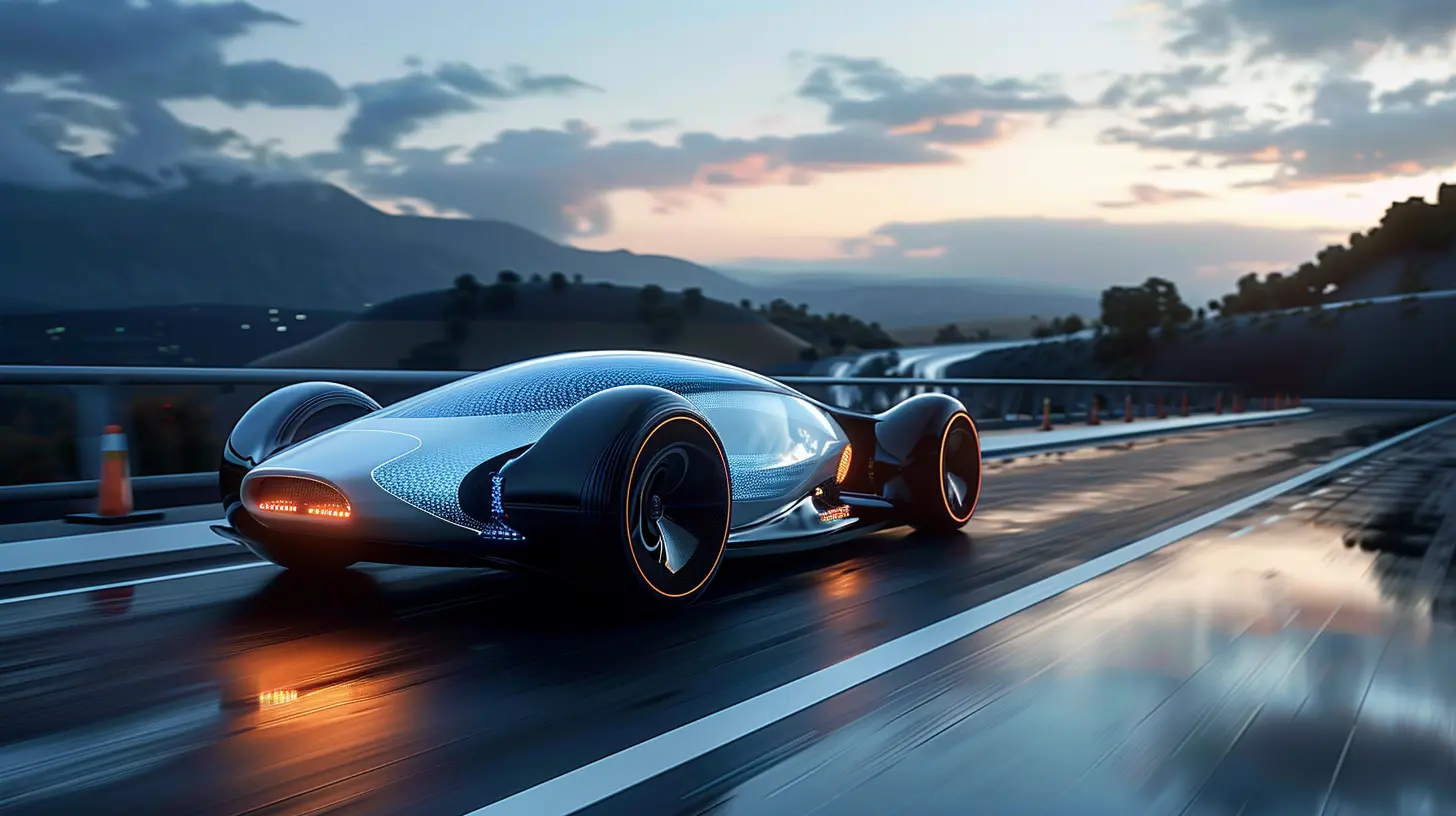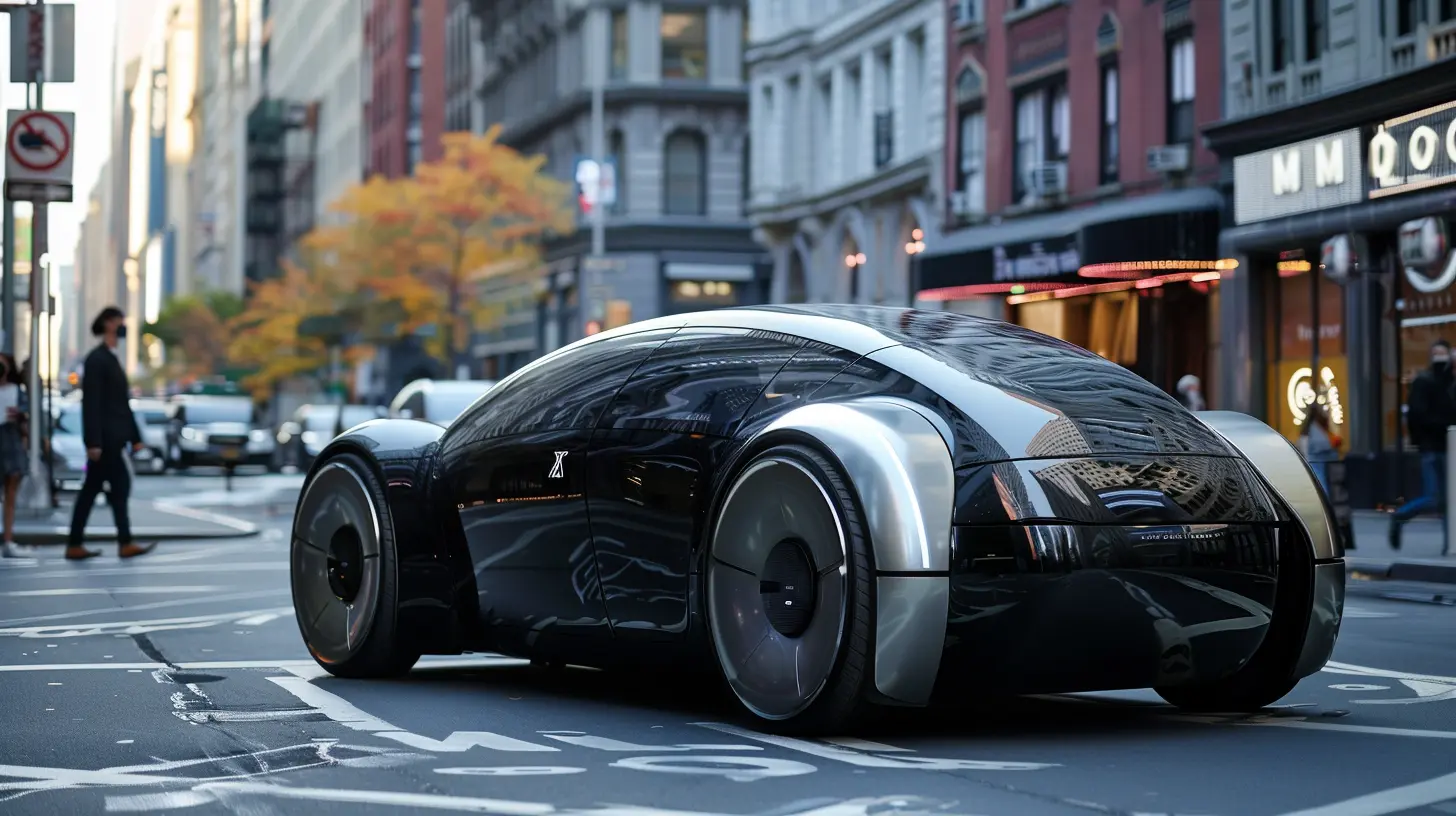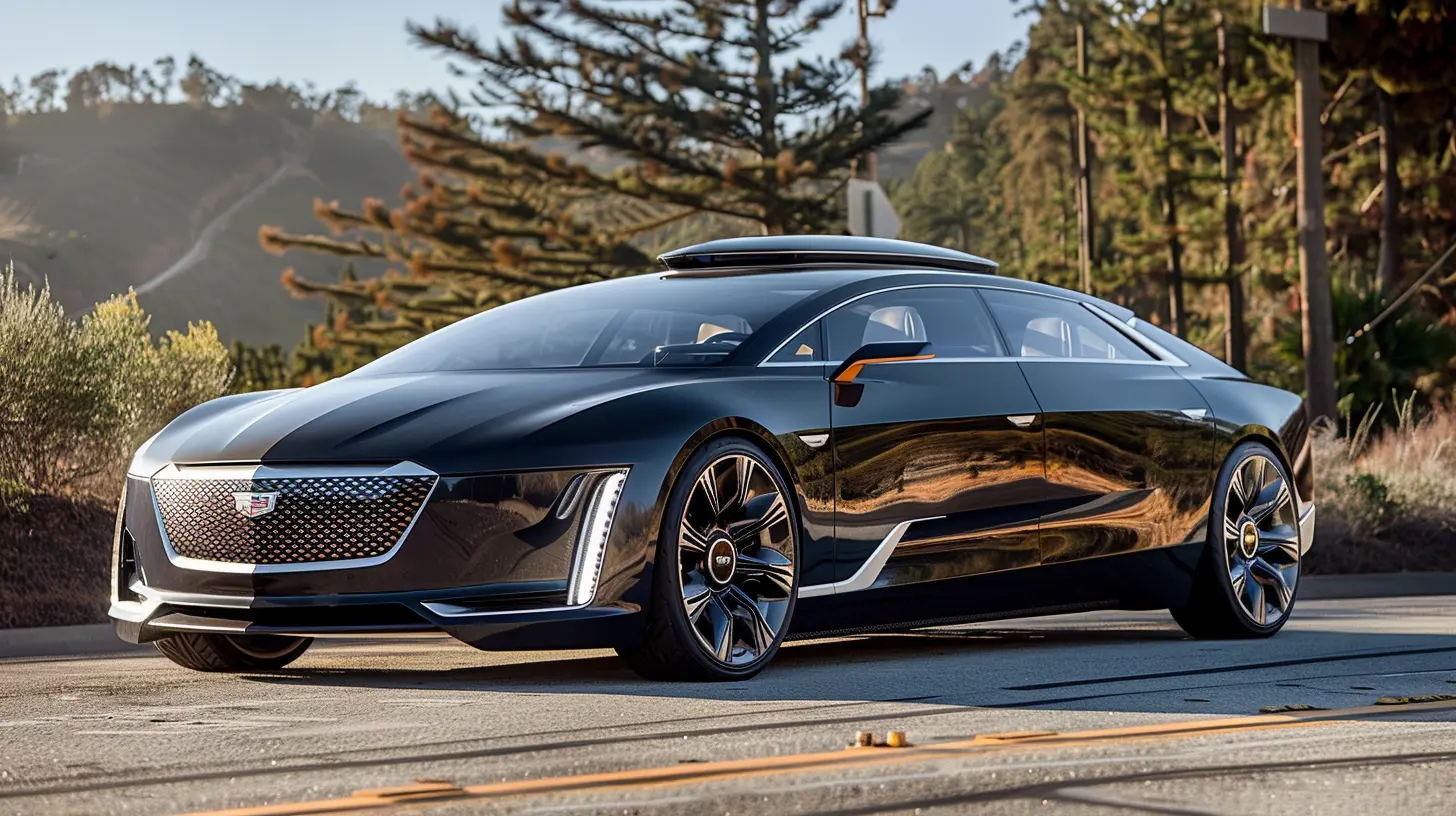How Machine Learning is Shaping the Future of Autonomous Vehicles
18 September 2025
Autonomous vehicles aren't just some sci-fi dream anymore. They're real, they're here, and yeah — they're learning. At the very core of their evolution is something we're hearing about everywhere lately: machine learning. It's changing the game for the self-driving car industry in ways that even a couple of years ago felt far-fetched.
But what's so special about machine learning in this context? Why is it the secret sauce that could make driverless cars a truly everyday thing? Buckle up, because we're diving into the tech, the challenges, the breakthroughs, and the promise of what’s ahead.
What Is Machine Learning, Anyway?
Before we get to the juicy stuff, let’s set the stage. Machine learning (ML) is a type of artificial intelligence that helps computers learn from data and improve over time without being explicitly programmed.Imagine teaching a toddler how to recognize a stop sign. You show them a bunch of signs, and over time, they get it — even if the sign is dirty, bent, or has graffiti on it. Now replace that toddler with a computer. ML algorithms do the same thing, but with insane amounts of data and at lightning speed.
Still with me? Great. Now let’s look at how that toddler-turned-robot is taking the wheel.
The Role of Machine Learning in Autonomous Driving
At a glance, driving seems straightforward. But when you’re behind the wheel, you’re constantly taking in inputs — speed limits, traffic patterns, the dude swerving into your lane while texting. For a machine to do this, it needs to learn how to read, react, and predict — all at once.And that’s where machine learning steps in.
1. Perception: Seeing the World Around
The first major challenge in autonomous driving is perception. Cars need eyes. Combine high-resolution cameras, radar, LIDAR, and ultrasonic sensors, and you’ve got a raw data stream. But this data is messy.ML helps turn noise into clarity. By training models on millions of real-world driving scenarios, a vehicle can start to recognize:
- Pedestrians on a crosswalk (even jaywalkers!)
- Road signs and traffic lights
- Lane markings, even when faded
- Unexpected obstacles like animals or fallen tree branches
The car doesn’t just see — it understands.
2. Prediction: What’s Going to Happen Next?
Okay, so the car sees a cyclist on the sidewalk. Cool. But is that cyclist going to cross the street? Are they veering into the road? Are they looking at their phone?Prediction models in ML analyze behaviors, motions, and even intent — yes, it gets spooky smart. These algorithms predict where objects are likely to be in the next few seconds. It’s like giving your car a sixth sense.
3. Decision Making: Navigating the Madness
Here’s where it gets really tricky. Once the vehicle makes sense of its environment, it needs to decide what to do next.Should it stop? Change lanes? Slow down? Yield?
This is where reinforcement learning (a subset of ML) shines. It’s all about learning from trial and error. The system simulates thousands of scenarios to figure out which actions lead to success — in this case, safe and efficient driving.
Real-World Applications: AI on the Street
Let’s make this real. Companies like Tesla, Waymo, and Cruise are already using machine learning in their self-driving tech.Tesla’s Autopilot
Tesla’s cars constantly feed driving data back into a neural network. The more Tesla drivers use Autopilot, the smarter the system gets. It's like a swarm intelligence — every car helps improve the collective "mind."Waymo: Google’s Driverless Kid
Waymo relies heavily on deep learning models that process and interpret LIDAR and camera data. These models are trained to quickly adapt to unusual road conditions — like a goat crossing the road (yes, it happened).Cruise and Urban Driving
Cruise focuses on urban environments, the hardest of the hard. Think narrow roads, double-parked cars, unpredictable humans. Their ML models are fine-tuned for high-density spaces, making split-second judgments that mimic human instincts.
The Training Process: ML Needs to Go to School Too
Don’t be fooled — these systems don’t just “figure it out.” They go through intense training.Supervised Learning
Imagine a mentor showing a student the ropes. In supervised learning, the algorithm is fed labeled data — “this is a stop sign,” “this is a dog,” “this is a skateboarder.” Over time, the model learns to categorize new data accurately.Unsupervised Learning
Here, the system plays detective. It identifies patterns in unlabeled data, grouping similar items and flagging anomalies. Great for spotting weird things that humans might not think to label.Reinforcement Learning
Like teaching a dog tricks with treats. The algorithm tries things — if it works, it gets a virtual pat on the back. If it fails, it adjusts. Over time, it becomes smarter and more reliable.Edge Computing: Taking the Brain on the Road
Quick question — how fast do you think your car needs to react when a deer jumps into the road?Milliseconds. That’s why edge computing – processing data on the vehicle itself – is so crucial. You can’t wait for info to go to some far-away cloud and come back.
Machine learning models are increasingly being optimized to run on local hardware (think NVIDIA’s Drive platform). This means faster reactions and greater safety.
Safety First: ML Isn’t Just About Cool Factor
At the end of the day, the most important goal is safety. ML helps:- Reduce human error (which accounts for over 90% of accidents)
- Anticipate dangerous situations before they happen
- Maintain better situational awareness than most human drivers
But no, it’s not infallible. Systems still struggle in low-visibility, unexpected scenarios, or chaotic environments. That’s why ML models undergo constant retraining with fresh data to stay sharp.
Challenges in the Fast Lane
Nothing this revolutionary comes easy. Here are a few speed bumps machine learning faces in the world of autonomous cars.1. Data Overload
Self-driving cars generate terabytes of data daily. Training models on that scale is expensive, time-consuming, and requires tons of computing power.2. Edge Cases
What happens when a llama walks into traffic? Or a person is dressed as a tree (seriously, Google it)? These are edge cases — weird, rare events that aren’t in the training data.ML models need to learn from these too. Otherwise, things fall apart quickly.
3. Ethical Dilemmas
Ah yes, the classic trolley problem. Who gets saved in an unavoidable crash situation? Do we let AI make that call?It’s a moral maze, and machine learning can’t solve ethics... yet.
Looking Ahead: The Road to Full Autonomy
We’re not 100% there yet, but we’re getting closer by the day. Machine learning is pushing us through the levels of autonomy:- Level 2: Some automation (think lane keep assist, adaptive cruise)
- Level 3: Conditional automation (car can drive itself, but needs human backup)
- Level 4: High automation (no human input in some scenarios)
- Level 5: Full automation (you’re just a passenger)
Most companies are hovering between Level 3 and Level 4. Machine learning is the fuel that's going to take us that final mile — and probably even further than we can imagine right now.
Why Should You Care?
Because it’s not just about the tech. It’s about how we're going to live, commute, and even think about transportation.Imagine hailing a robo-taxi at midnight, knowing it's safer than a human driver. Or letting your car drop your kids off at school while you're in a meeting. Or reducing city traffic by 30% because vehicles are smart enough to optimize routes in real-time.
Machine learning is shaping that world — and we're all passengers in that journey whether we realize it or not.
In a Nutshell
Machine learning is the beating heart of autonomous vehicles. It gives them eyes, brains, and instincts. It powers perception, prediction, and decision-making. And while it’s still a work in progress, the road ahead looks promising.If you're a tech nerd, it's an exciting time. If you're a cautious skeptic, rest easy — safety is driving this development. Either way, ML is steering us toward a very different future, and that future? It's self-driving.
all images in this post were generated using AI tools
Category:
Machine LearningAuthor:

Adeline Taylor
Discussion
rate this article
1 comments
Roman McQuaid
“Buckle up! 🚗💨 Machine learning is revving up the future of autonomous vehicles, transforming them from cool concepts into our daily ride. Who knew AI could be such a smooth driver?”
October 9, 2025 at 3:11 AM

Adeline Taylor
Absolutely! AI is steering us towards a new era of transportation, making autonomous vehicles safer and more efficient every day. Buckle up for the journey ahead!


